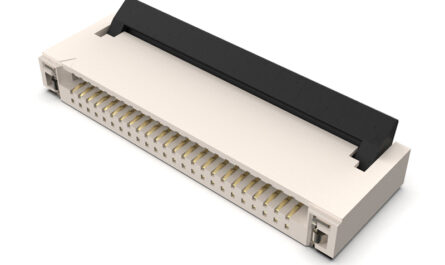- Market Overview:
The global Flexible Battery Market is estimated to be valued at US$134.6 million in 2022, with a projected growth rate of 20.71% over the forecast period of 2023-2030. Flexible batteries are revolutionizing various industries with their ability to conform to different shapes and sizes, paving the way for innovative and compact electronic devices. Their remarkable flexibility allows them to be integrated seamlessly into wearable technologies, IoT devices, medical implants, and more.Market Dynamics:
1. Increasing Demand for Wearable Technologies:
The rising popularity of fitness trackers, smartwatches, and electronic textiles has led to a surge in the demand for flexible batteries. These batteries enable manufacturers to create sleek and comfortable wearable devices that can be seamlessly integrated into clothing or worn on the body. For example, smart rings powered by flexible batteries can monitor health parameters like heart rate or track sleep patterns.2. Growing IoT and Electronic Device Adoption:
The Internet of Things (IoT) has transformed the way we interact with technology, with connected devices becoming an integral part of our daily lives. Flexible batteries offer a solution for powering these IoT devices, as they can be easily embedded into small and compact designs. From smart home appliances to remote sensors, flexible batteries ensure uninterrupted connectivity and functionality.Market Key Trends:
A key trend in the flexible battery market is the integration of self-charging capabilities. This allows the battery to harness ambient energy, such as light or heat, and convert it into electrical energy, reducing the need for frequent recharging. For instance, a wearable device equipped with a self-charging flexible battery can generate power from the user’s body movements, ensuring longer usage time between charges.SWOT Analysis:
– Strength: The flexibility of these batteries opens up a wide range of design possibilities, leading to greater innovation in product development.
– Weakness: Limited energy storage capacity compared to conventional batteries, which may require more frequent recharging.
– Opportunity: Increasing demand for flexible batteries in the healthcare sector, where they can be used to power medical implants or drug delivery systems.
– Threat: Competition from alternative energy storage technologies that may offer higher energy density and longer lifespan.Key Takeaways:
– The global Flexible Battery Market is expected to witness significant growth, with a CAGR of 20.71% over the forecast period. This growth can be attributed to increasing demand for wearable technologies and IoT devices.
– Regional analysis shows that Asia-Pacific is the fastest-growing and dominating region in the flexible battery market, driven by the presence of major electronic device manufacturers in countries like China, South Korea, and Japan.
– Key players operating in the global flexible battery market include STMicroelectronics, LG Chem, SAMSUNG SDI CO., LTD., Panasonic Corporation, ROCKET Poland Sp. z o.o., Enfucell, Imprint Energy, Energy Diagnostics, Jenax Inc., and Molex. These players are investing in research and development to enhance battery performance and expand their product portfolios.In conclusion, the flexible battery market is poised for significant growth in the coming years. With increasing demand for wearable technologies, IoT devices, and the integration of self-charging capabilities, flexible batteries are set to revolutionize various industries. However, competition from alternative energy storage technologies remains a challenge. By capitalizing on market opportunities and leveraging their strengths, key players in this market can stay ahead of the curve and drive further innovation in the flexible battery industry.




